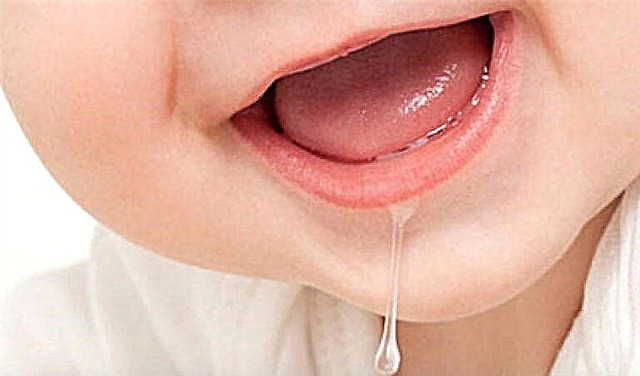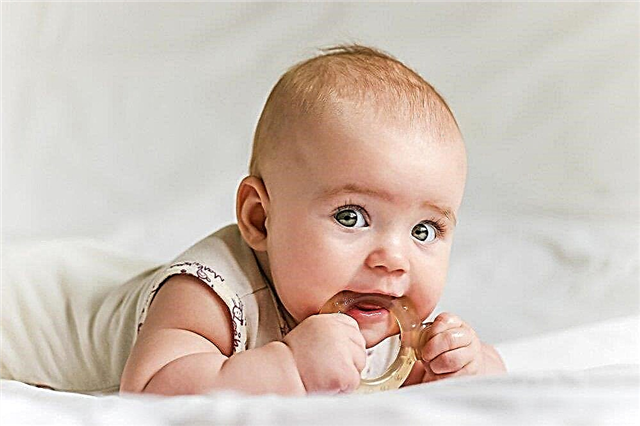Can a nursing mother smoke?
Of course, smoking is not recommended for expectant or nursing mothers. A woman, being pregnant, can easily say goodbye to cigarettes, but after childbirth, mothers often return to their addiction. It's all to blame for the stress in a woman who first appeared in the role of a mother, hormonal surges.
And again about the dangers of nicotine
In fact, pure nicotine is not as harmful as other substances found in a cigarette. The greatest harm that nicotine carries in itself is physical and mental addiction. Smoking is the most dangerous and highly addictive habit. Undoubtedly, nicotine leaves an imprint on the body in the process of long-term smoking.
The lethal dose of nicotine for humans is 60 grams.
A person develops arterial hypertension, tachycardia, atherosclerosis, arrhythmia, heart failure and other disorders. The condition of the smoker's oral cavity also suffers. The strongest drug can accumulate in the organs, causing their dysfunction.
What are the most dangerous substances in cigarettes?

During smoking, a cigarette releases several thousand different compounds, including carcinogens. The smoke contains a significant amount of carbon dioxide and carbon monoxide. The latter has a greater affinity for hemoglobin. Combining with it, carbon monoxide prevents the transfer of oxygen to cells and tissues.
Hydrocyanic acid and acrolein are substances that are also found in the smoke of a burning cigarette, which have a general toxic effect on the human body. These compounds are capable of causing asthma and damage to the nervous system. And in the process of excretion by the kidneys, they can provoke inflammation of the bladder.
The most dangerous substances are resins, which contain a huge variety of different compounds and carcinogens. Accumulating on the wall of the bronchial tree, these substances contribute to the development of lung cancer.
How can harmful substances enter the body?
The baby can already become a hostage to the situation in the prenatal period. The most dangerous for the fetus is the first trimester. During this period, the placenta has not yet been formed, which means it cannot perform a protective function and protect it from the action of toxins. At this stage, women often experience involuntary miscarriages, frozen pregnancies.
In the next trimesters, the situation improves, but in the placenta, which is under constant stress, premature aging is observed by the end of pregnancy. After histological examination, areas of necrosis may even be identified. Such mothers have a high risk of giving birth to premature, low birth weight babies, children with congenital malformations and other defects.
With mother's milk

After birth, the baby is also exposed to harmful substances on the body.
Nicotine enters the baby's body through breast milk.
One cannot argue with this fact, because after smoking, nicotine is first absorbed into the bloodstream, and from it it easily passes into breast milk. The concentration is quite small, but even the smallest doses can cause disturbances in the child.
Nicotine passes into mother's milk almost immediately after smoking. Therefore, it is highly recommended to satisfy the addiction only after feeding and during the daytime. Since at night, milk production and prolactin activation occurs. A large amount of fluid consumed has a good effect on the fastest elimination of nicotine from the mother's body. Also, after giving birth, a woman needs to take vitamins and minerals that will help restore the body and improve the quality of breast milk.
Through the respiratory tract
You don't have to be a smoker in order to get all the harmful substances in a cigarette. Everyone knows about secondhand smoke and how it affects the human body.
Smoking near a child is strictly prohibited!
Secondhand smoke not only affects the growth and development of the child, but also the risk of complications from various respiratory infections. Also, up to a year, a child has a chance of developing sudden infant death syndrome. The exact reasons for the formation of this syndrome have not been established to date. However, experts say that in families where the mother or father smokes, the likelihood of developing sudden infant death syndrome increases significantly.
Smoking should be prohibited in the apartment. On the balcony, it would seem that smoke remains outside, but this is not the case. Smoke from cigarettes enters the apartment. It is also important to know that harmful substances settle on the furniture, having a negative effect on the child's body. Smoking in the car is also not recommended for the same reason.

Influence of nicotine on the lactation process
Nicotine constricts the blood vessels in the breast. As a result, there is a narrowing of the milk ducts. Thus, milk does not flow to the child in the proper measure. The ineffectiveness of breastfeeding leads to a decrease in lactation. It should also be remembered that nicotine negatively affects prolactin itself. Especially if the mother will smoke at night, when its production is most active.
The effect of harmful compounds on the growth and development of the baby
Tobacco has a negative effect on the development of the child even in the prenatal period. On ultrasound examination, it is already possible to suspect intrauterine growth retardation. Even if the baby was born full-term (between 38 and 42 weeks), then there is a high probability that he will be small (less than 2500 grams).
Child addiction symptoms
A newborn with tobacco syndrome often worries, cries, and does not sleep well. The baby is gaining weight very slowly due to the fact that the mother often has problems with breastfeeding. Outwardly, a newborn with this pathology has distinctive facial features. Attention is drawn to the child's blue sclera, wide-set eyes and low-set ears, a wide bridge of the nose. These children may have age spots.
Moreover, fetal tobacco syndrome is often characterized by the presence of various congenital malformations. These can be defects of the maxillofacial skeleton, as well as internal organs. In the future, the child has a lag in physical and neuropsychic development.
Long-term consequences
- In children of preschool and school age, there is a lag in speech development, a decrease in intellectual abilities.
- In the classroom, it is difficult for such children to perceive and memorize information. In this regard, they have difficulties in mastering new material. Children often do not cope with the school curriculum.
- Very often colds, bronchitis, pneumonia appear. Also, such diseases have a high probability of developing complications.
- Children are prone to the formation of allergic diseases, including bronchial asthma.
Myths about the harmlessness of smoking while breastfeeding
Smoking mothers often study unreliable, unverified sources that may talk about the harmlessness of smoking while breastfeeding. All information that includes such "facts" is a myth. Smoking while breastfeeding (breastfeeding) in any case has only a negative effect.
MYTH 1. One cigarette a day cannot harm a baby
This statement is false, since the minimum dose is enough for the child to develop intoxication. Moreover, nicotine is able to accumulate in the organs and tissues of the mother, and from the blood it can easily get into breast milk.
MYTH 2. Nicotine is quickly eliminated from breast milk
Nicotine cannot be completely and completely excreted from the body after smoking. Harmful substances enter breast milk and from there to the child, negatively affecting the body. Even if you maintain long intervals between feedings and smoke only after feeding, there will still be nicotine in the milk.
MYTH 3. The milk of a woman who smokes is no different from that of a non-smoker
The most common myth that does not induce a mother to quit a bad habit. The milk of a smoking woman has an unpleasant taste and even a specific smell. Children often refuse such milk and stop breastfeeding, thereby depriving themselves of all the nutrients that are necessary for the formation of immunity.
MYTH 4. Nicotine acts as a sedative on a child
Nicotine acts on a child in exactly the same way as on an adult. It has a stimulating effect. Children become irritable, capricious, whiny.
MYTH 5. Smoking does not affect milk supply
As mentioned above, nicotine directly affects the production of prolactin. Smoking changes the hormonal background, suppressing the activity of prolactin necessary for feeding the baby. Small volumes of milk inhibit the growth and development of the baby.

A few words about the e-cigarette while breastfeeding
Electronic cigarettes need to be treated very carefully. Because there are electronic cigarettes that practically do not differ from ordinary ones, that is, they contain nicotine.
Some manufacturers produce cigarettes that do not contain harmful substances and, in theory, can be used for breastfeeding. Such electronic devices do not affect the baby and do not pass into milk. But finding him is hard enough. When buying, it is necessary to ask for a license and it is important to know which cigarettes have passed special research.
Conclusion
There are many myths about smoking while breastfeeding. They are all false. Nicotine negatively affects the growing body of the child. In any case, it's up to mom to decide whether to smoke or not. The future health of the child depends only on it. If there is a choice between smoking while breastfeeding and feeding with formula, then it is recommended to stay on the first option. Because only from mother's milk the baby receives the necessary substances for immunity.
If the mother cannot get rid of the addiction, then you need to follow some recommendations that will reduce the amount of harmful substances in milk.



